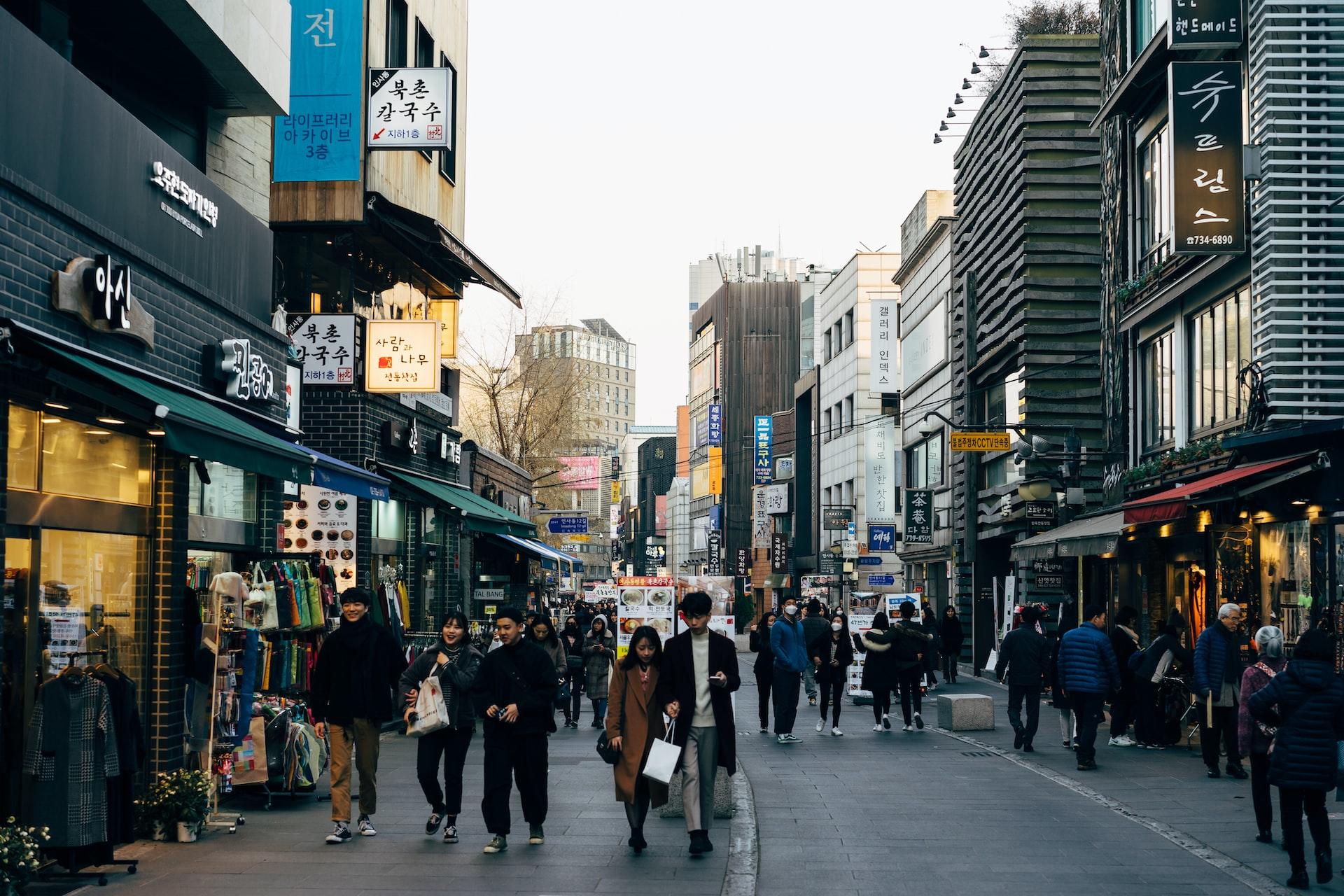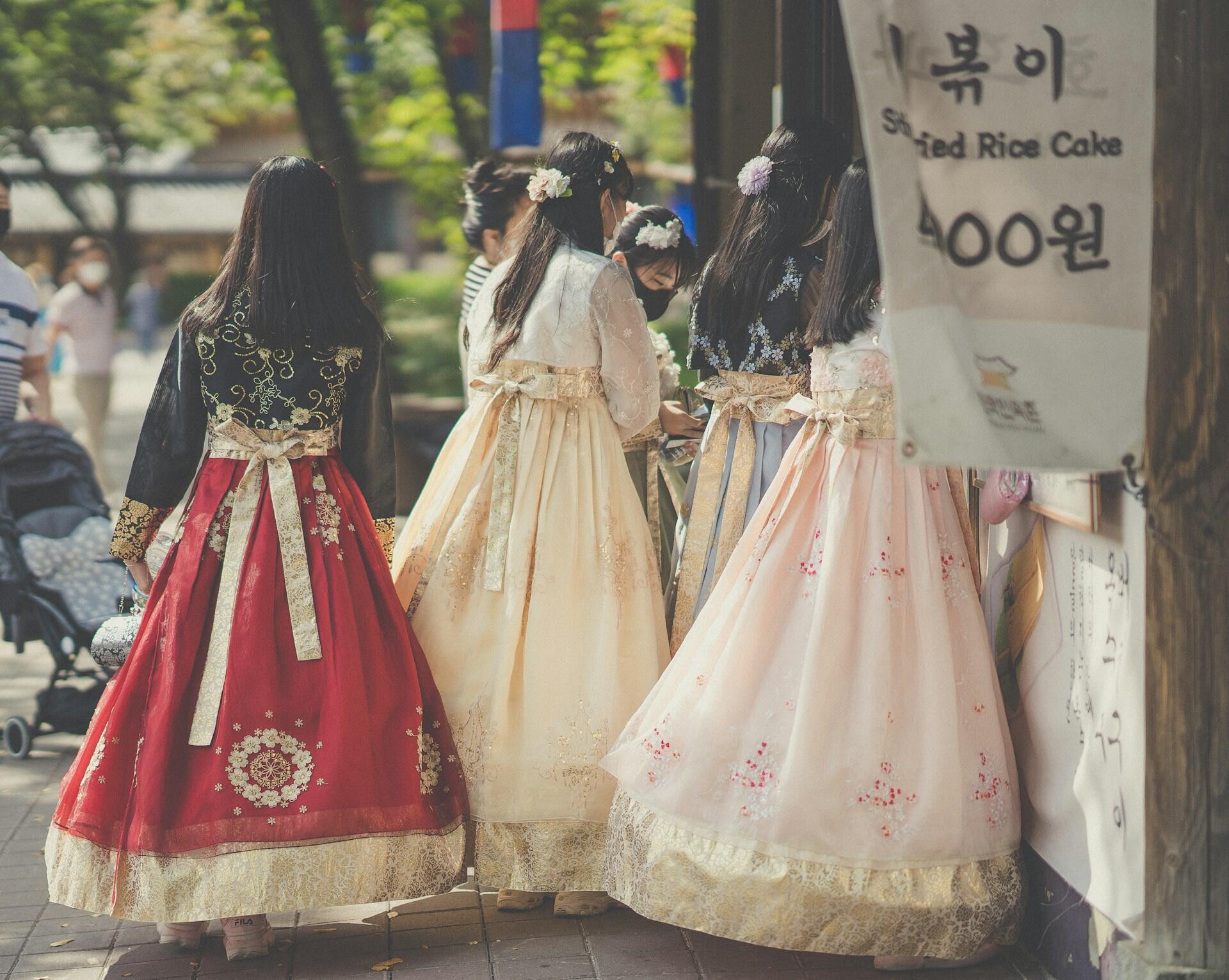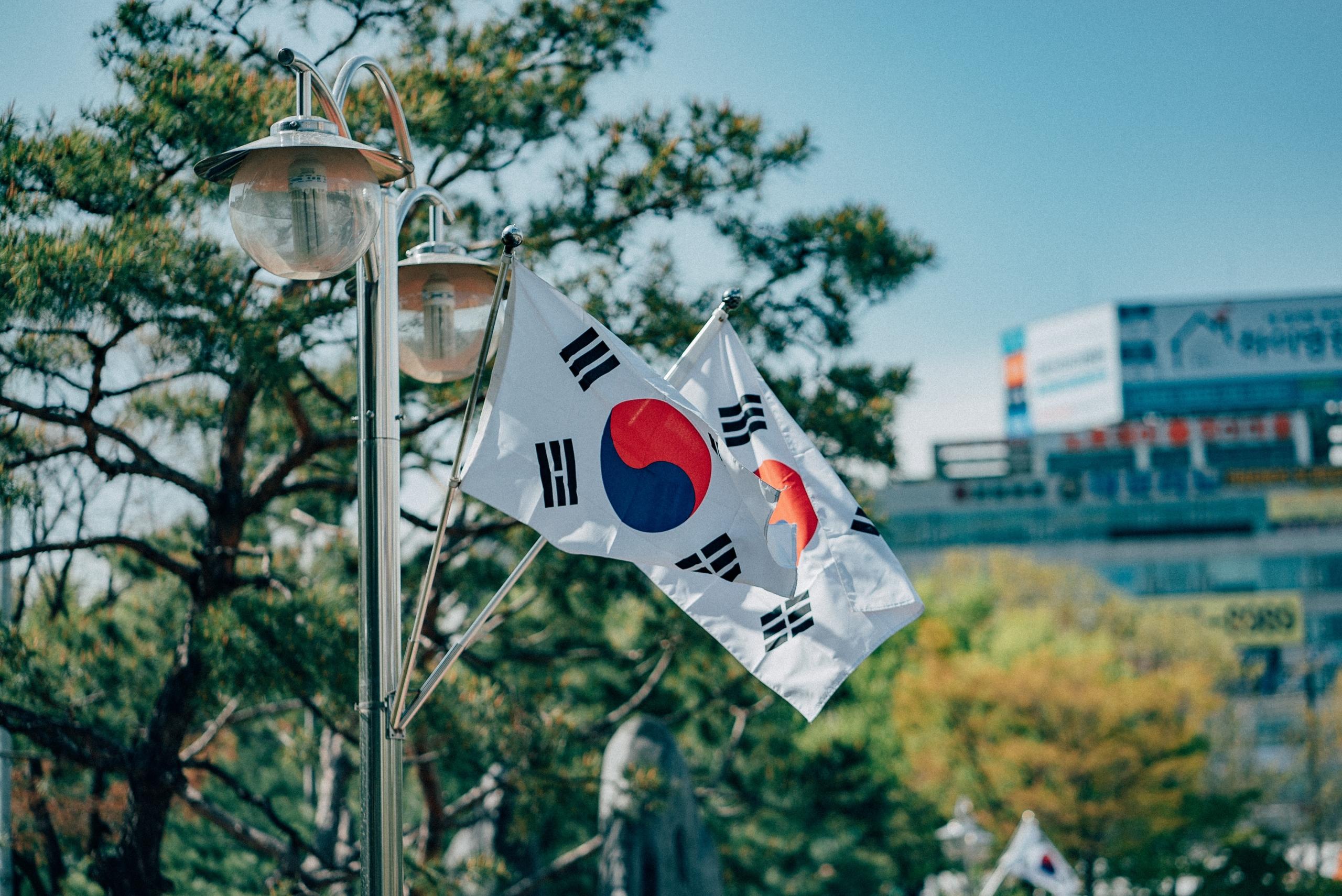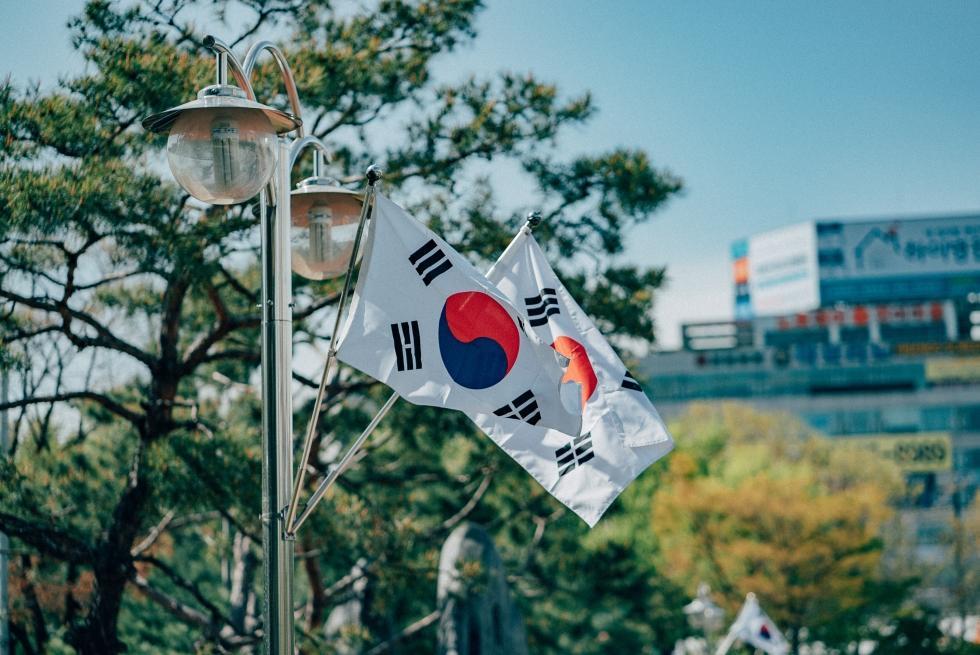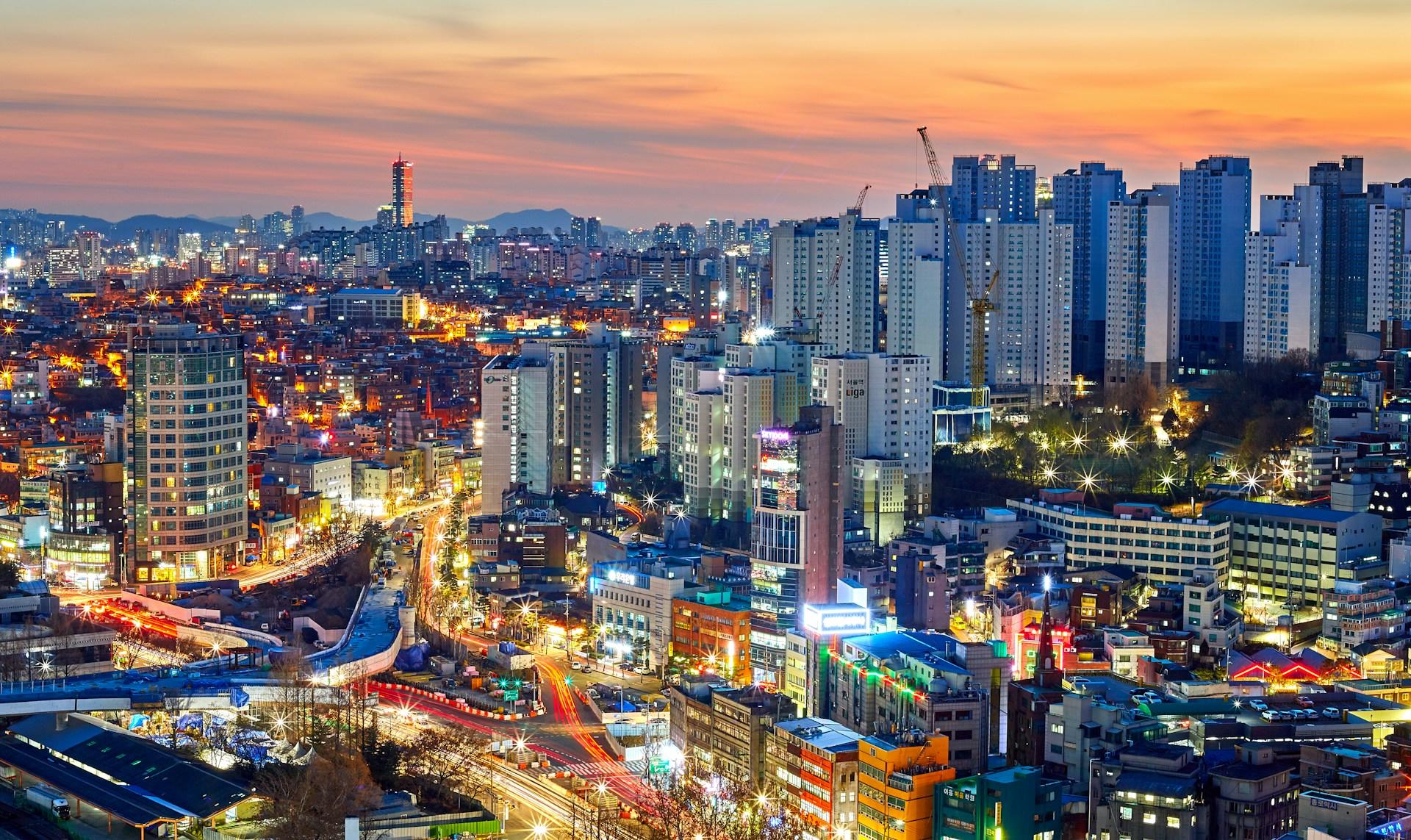Key Takeaways
- Confucianism, Buddhism and historical events like the Joseon Dynasty and the Korean War have influenced Korean culture.
- Cultural traditions such as the Korean age system, wearing hanbok, and festivals like Seollal and Chuseok reflect the country's identity.
- Korean food culture, such as kimchi and bibimbap, showcases local ingredients and regional diversity.
- Traditional music forms such as pansori and instruments like the gayageum highlight Korea's artistic heritage.
- From modern entertainment to K-pop, South Korea has become a worldwide leader.
- Korean society remains guided by respect, hierarchy and harmony in social interactions.
South Korea is highly developed and home to the 14th-largest economy in the world by GDP. It's a fascinating country gridded with the densest high-speed rail network (sorry, Japan!) and boasts one of the best internet connectivity systems. And, did you know its national military is one of the most powerful in the world?
However, if you are wondering what South Korea is famous for, you will probably need to explore its popular food culture, lifestyle, the biggest South Korean celebrities, its massive music industry, and the Korean traditions and modern innovations that make South Korea unique. Let's get started and discover the culture in South Korea!

Historical Overview of Korean Culture
South Korean culture and traditions are a fascinating mix of traditions and, of course, modern innovations, from ancestral rites, hanbok, and tea ceremonies to technology and pop culture.
During the Three Kingdoms period (Goguryeo, Baekje, and Silla), Korea developed artistic and linguistic systems, as well as systems of government influenced by Buddhism and Confucianism.

The Goryeo Dynasty (918-1392), from which the name "Korea" derives, became renowned for its celadon ceramics, printing system, and literary works.
Korean culture is rooted in Confucian values, which include core beliefs such as harmony, justice, respect for elders, and loyalty to family and friends. During the Joseon Dynasty (1392–1897), these principles guided Koreans' personal behavior, family and social relations, cultural codes, and governance. And, in 1443, King Sejong invented Hangul, the Korean script, providing Koreans with a unique written identity.
The country's liberation from Japan occurred in 1945. After its division and the devastation of the Korean War (1950–1953), South Korea underwent rapid industrialization. This period of economic growth is known as "the Han River miracle," transforming daily life and contributing to Korea's global influence today.
Historical Evolution of Korean Culture
57 BCE – 668 CE
🏯 Three Kingdoms Period
Kingdoms of Goguryeo, Baekje, and Silla laid the cultural and political foundations of the country.
918 – 1392
🏺 Goryeo Dynasty
"Korea" originates from Goryeo. Known for its celadon ceramics, woodblock printing, and literature.
1392 – 1897
📜 Joseon Dynasty
Confucian values shaped social and moral life. And, in 1443, King Sejong the Great invented Hangul, the Korean writing system.
1945
🕊️ Liberation from Japan
Korea regained independence.
1950–1953
⚔️ The Korean War and Division
The Korean Peninsula was divided into North and South Korea.
1960s–Present
🚀 The “Miracle on the Han River”
South Korea became a global leader in technology, culture, and innovation.
Traditional Korean Customs and Practices
Korean Age System
Traditional Korean culture dictates that everyone is one year old at birth. That's to account for the time spent in the womb, even though that's just 9 months. From there, according to the Korean age system, everyone aged together on Seollal, the Lunar New Year. This means that if you were born in Korea, you could even be two years older in Korean age vs international age. For administrative purposes, South Korea adopted the international age system in June 2023. 1
So we shouldn't be too keen to say that age is just a number. Especially not if we know how profoundly the Korean age system impacts life in South Korea.
Everyone is 1 year old when they are born.
We add an extra year every New Year's Day (January 1st), not on birthdays.
Example: A baby born on December 31 is already 2 years old the very next day!
Korean Festivals and Holidays
Two of the most important celebrations for Koreans are the Seollal (Lunar New Year) and Chuseok (Harvest Festival).
- Seollal marks the Lunar New Year. Families gather to honor their ancestors through the jesa ritual, eat tteokguk (rice cake soup) to bring good fortune and wisdom, and play popular games.
- Chuseok, also known as Korean Thanksgiving, celebrates the autumn harvest. Families often travel to their ancestral homes to visit graves and eat rice cakes.
Hanbok: Traditional Korean Attire
The hanbok is the traditional clothing of South Korea, consisting of a short jacket and a wide skirt for women, or loose-fitting pants for men. During the Joseon dynasty, the hanbok took on the traditional form of clothing that is now considered classic, with a modest style, soft lines, and fabrics with symbolic colors.
And, did you know that the hanbok was also adapted to the seasons? Cotton and hemp were used in summer, while quilted silk was popular in winter. The hanbok is still worn in South Korea during Chuseok or to celebrate Seollal. It is also often part of traditional wedding attire. 2
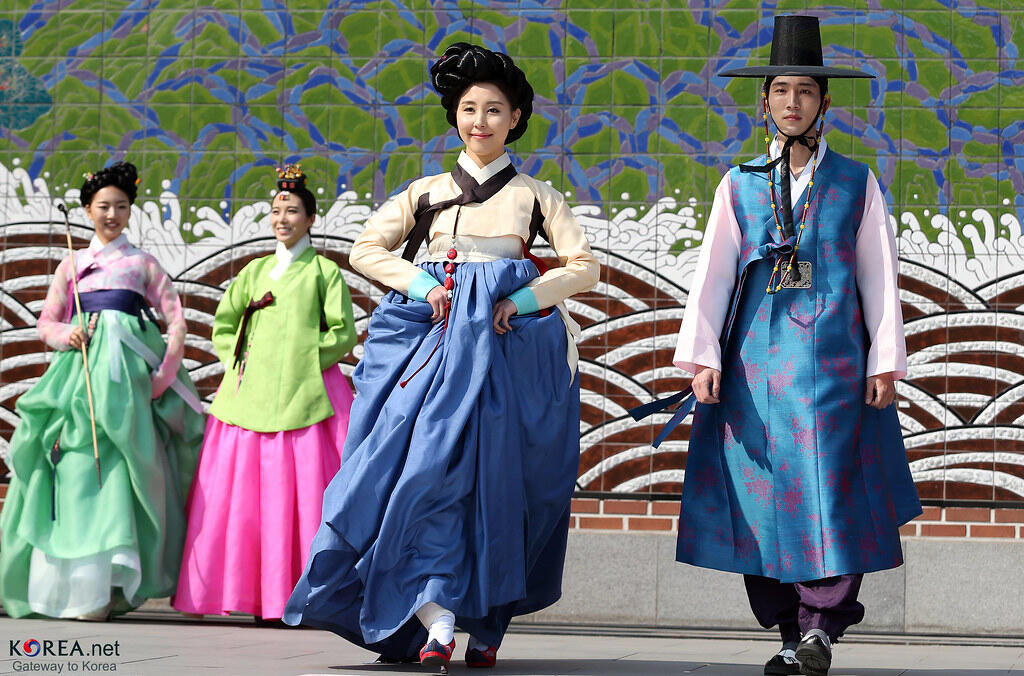
Dive deep into more Korean culture facts to discover your own favourite famous people!
Korean Food Culture
Staple Foods and Dishes
Do you like to eat fish? Is your diet mainly vegetarian? Oh, does Korean food culture have dishes for you! If you are a meat lover, a seafood lover, or even a vegetarian, Korean culinary delights truly offer something for everyone. Over the past 10 years, South Korean palates have developed new tastes. However, traditional Korean cuisine usually includes rice, soup, and flavor side dishes known as banchan. For example, the famous and most delicious banchan ever is: Kimchi. This delicacy is made of fermented napa cabbage, chili, and fish paste, among other ingredients.
Another traditional national treasure you must try is the bibimbap, cooked rice topped with vegetables, beef, eggs, and spicy sauce. Or the tteokbokki, spicy rice cakes, you will surely enjoy the most if you visit Korea during the winter months. Here again, South Korea shows its unique flavour.
A pretty cool, fun fact is that "Anju" is literally the food you eat while drinking. One might drink beer, soju, or soju bombs (a combination of beer and soju) while you enjoy fried chicken, bulgogi, and jokbal, among many other popular Korean foods.
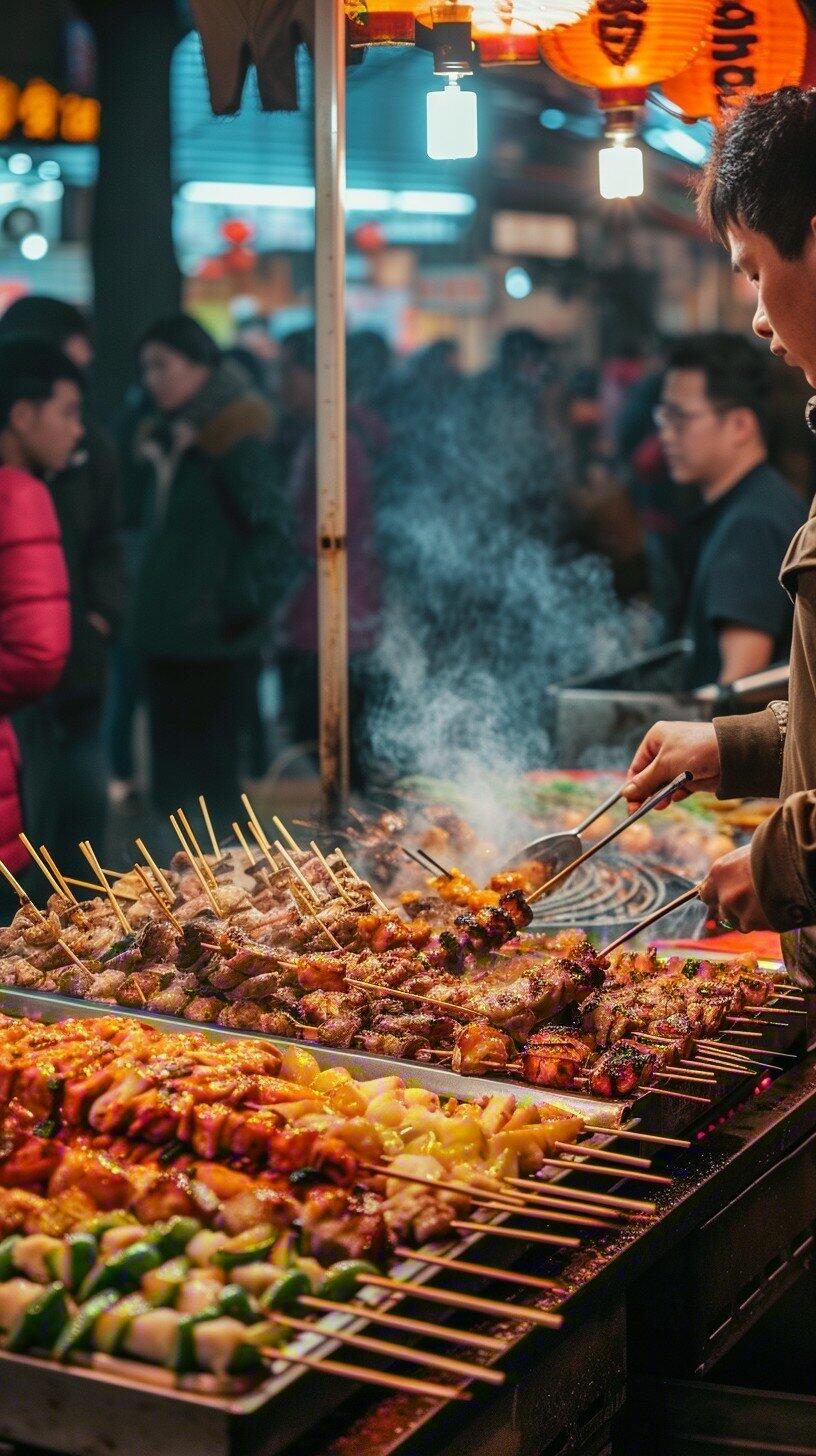
But do you like your food spicy? The average Korean person does, indeed. In fact, most Korean food culture is spicy, but don't worry. You can almost always get the non-spicy version of the dish if you prefer.
Kimjang: The Art of Making and Sharing Kimchi
Kimchi is an essential part of Korean food culture. In fact, besides tasting delicious, its preparation reinforces Korean identity and family cooperation. And, did you know that its preparation depends on the seasons?
In spring, Koreans buy shrimp, anchovies, and other seafood to ferment. In summer, they buy sea salt to make brine. It is also an ideal time to dry and grind red peppers. In autumn, large quantities of kimchi are made and shared to ensure that every household has enough for the winter. The methods and ingredients used in Kimjang are part of the family heritage. 3
Dining Etiquette and Traditions
Although environments are more flexible nowadays, did you know that there are Korean etiquette rules? These dictate how people should sit based on the group's social rank. For example, the younger you are, the closer to the door you have to sit, and of course, all your superiors must sit first. In addition, you can only start or finish eating once the oldest person has started or finished. 4
It is also important to adapt to the pace, because if you eat too quickly, the other members may think that you would rather not be there. As a recommendation, pay attention and observe what others are doing. That way, you will feel more at ease!
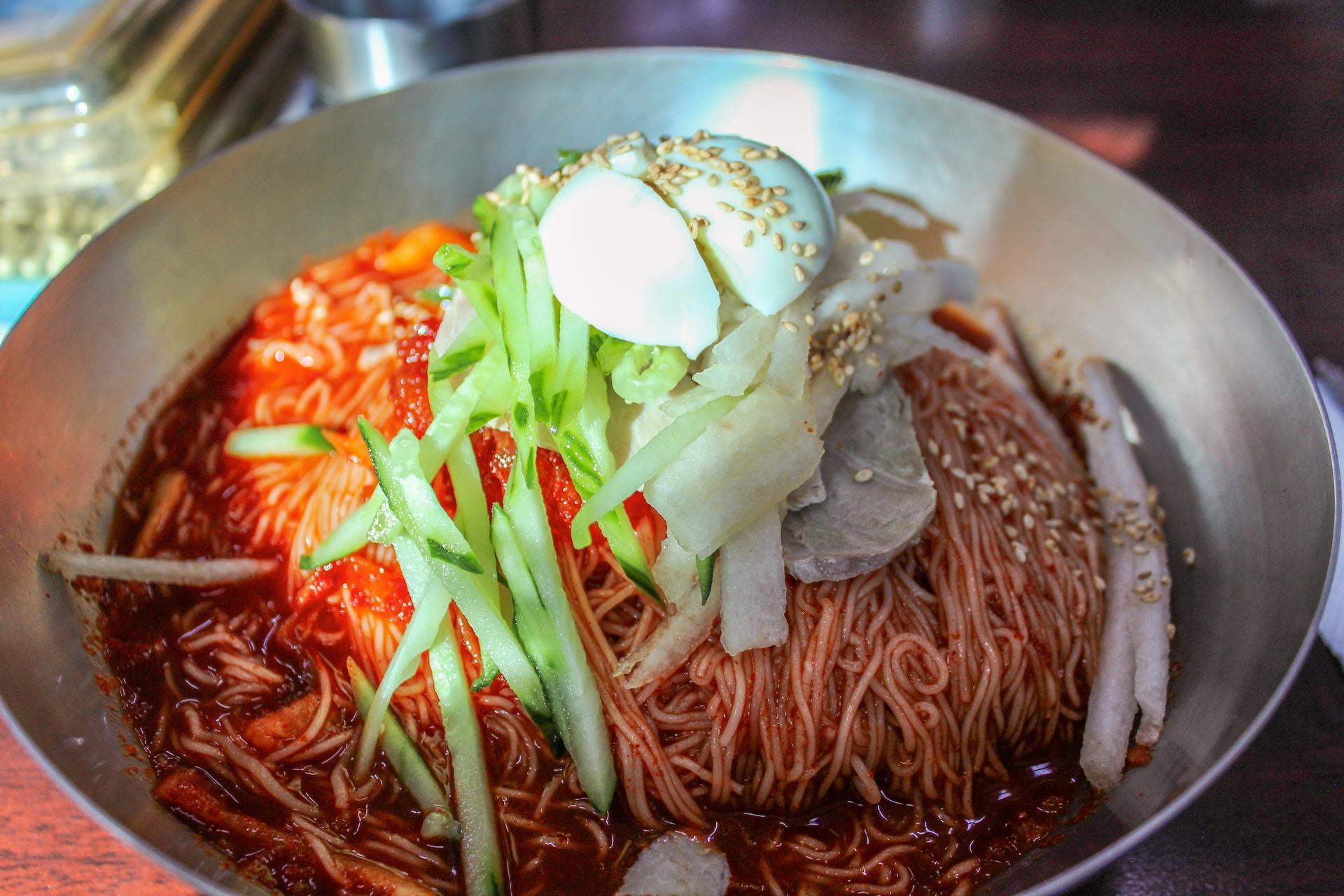
Korean Arts and Entertainment
Traditional Music and Dance
Traditional Korean music and dance combine rhythm, movement, and poetry. For example, one of the most famous Korean traditions is pansori, a dramatic narrative song performed by a solo vocalist and a percussionist. Epic stories are narrated, characterized by powerful vocal techniques and drama. It is recognized by UNESCO as Intangible Cultural Heritage.
Of course, where there is music, there must be traditional instruments. Traditional instruments such as the gayageum, a 12-string zither, feature prominently in folk music and symbolize balance and grace. Other traditional instruments include the janggu (hourglass drum), the daegeum (bamboo flute), and the haegeum (two-stringed violin).
Modern Korean Pop Culture
South Korean scriptwriters and directors excel at exploring social concerns. They do so while still delivering thought-provoking yet entertaining content. And along the way, they share insider knowledge about life and culture in South Korea. Whether you like action films or drama, you should definitely check out the most popular Korean films.
Also, this country's entertainment business has clearly hit on the winning formula. South Korean music groups take the cake. From bright colours to snappy dance moves, Korean pop idols and groups have it all. You might catch Blackpink, Korea's Number 1 girl band, the boy band EXO, or the global favourite, BTS. Plus, Korean music is by no means all idols and boy bands or girl bands. You should get to know Korea's balladeers, chanteuses, and traditional song singers.
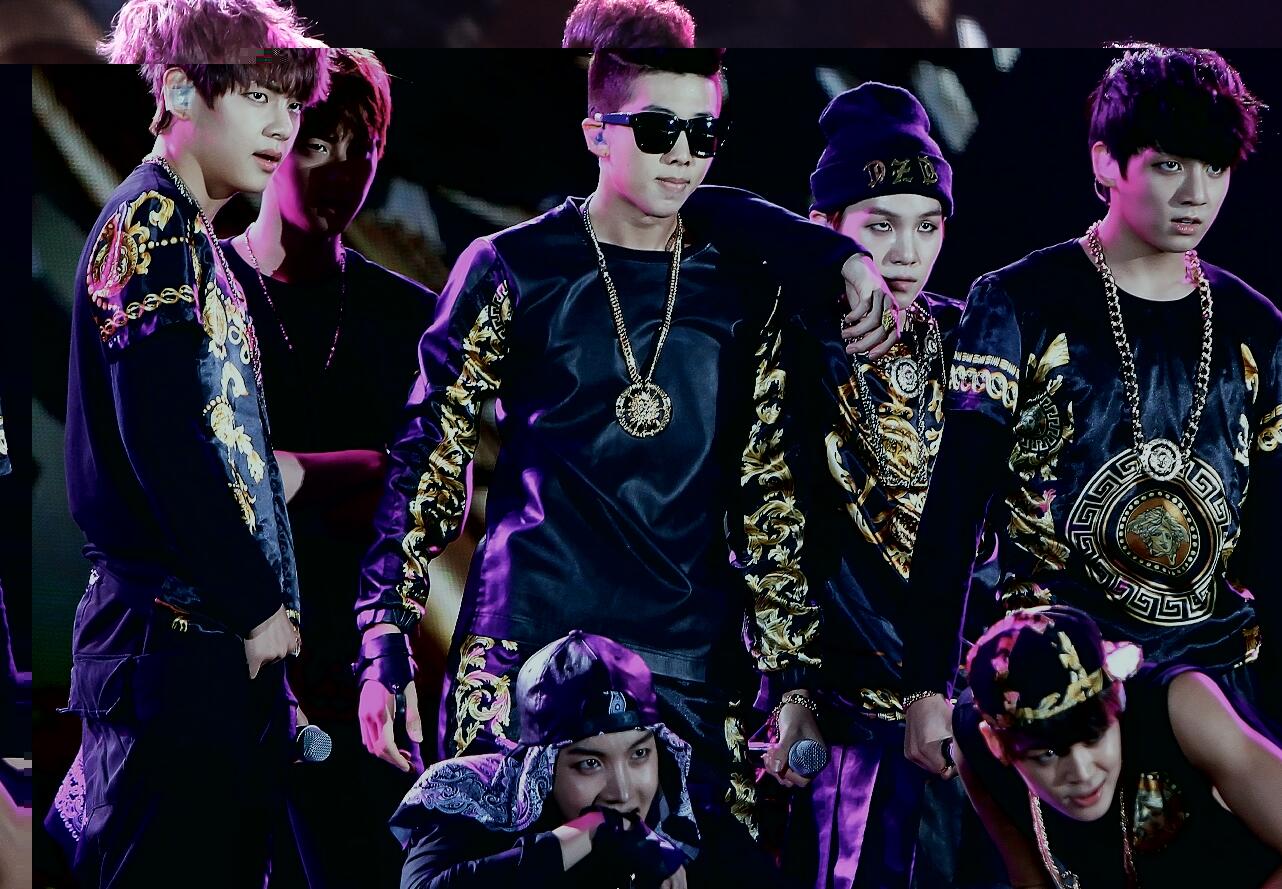

Korean Architecture and Housing
Hanok: Traditional Korean Houses
Hanok, also known as traditional Korean residential houses, are characterized by their unique architecture and additional features that make them attractive. For example, they have underfloor heating (ondol), an open structure facing the courtyard (maru), and a spacious kitchen. They can also be made of tile, straw, pine shingles, stone slabs, or tree bark. Most hanoks have thatched roofs, which were actually intended for upper-class families. 5
Modern Architectural Developments
With time and modernity, the traditional Korean housing model began to evolve rapidly. Today, younger generations of Koreans prefer to live in modern apartments. However, there is still a trend toward living in the famous hanok, or more elegantly called “modernized hanoks,” which preserve their traditional architecture with a contemporary and comfortable touch. In fact, did you know that several traditional villages feature hanok-style housing so that foreign tourists can experience Korea like a local?
Religious Beliefs and Practices
Influence of Buddhism and Confucianism
Buddhism spread throughout Korea from China during the Three Kingdoms period and was one of the most dominant religions of the time. Confucianism also arrived in Korea from China. However, during the Joseon Dynasty, Korean Confucianism was established as the official ideology and religion, leaving Buddhism under 500 years of suppression. Currently, Buddhism predominates in the country, especially in Yeongnam, Gangwon, and Jeju.6
It is important to emphasize that Korean Confucianism is one of the most significant influences in Korean intellectual history, shaping Confucian thought as part of China's cultural influence. The legacy of Confucianism remains a fundamental traditional part of Korean society, due to its moral system, way of life, and social relationships.
Shamanism and Folk Beliefs
Now, here comes an even more interesting part. Korean shamanism (Muism) is a native religion of the country. In this type of religion, the role of the shaman or priest is mainly to act as an intermediary between spirits or gods and people, seeking good luck, health and the resolution of problems in human life. Shamanism provided a flexible mindset and thought patterns for other types of religions to take root, such as Christianity in Korea. 6
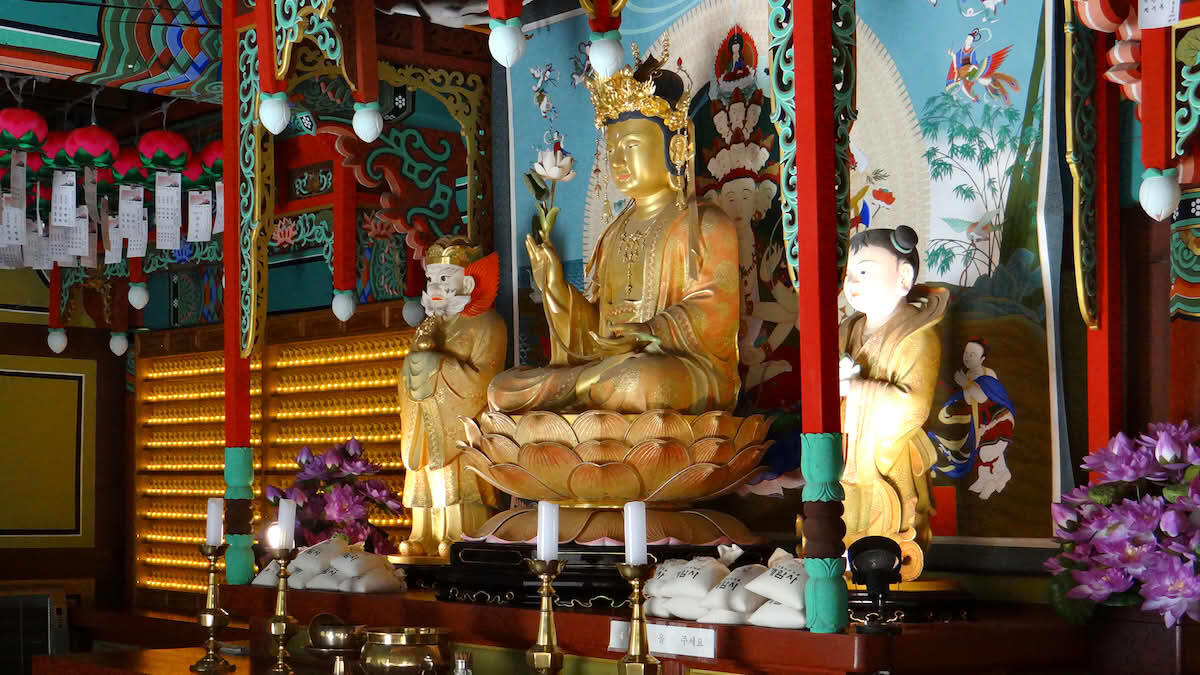
Korean Language and Literature
Hangul: The Korean Alphabet
The traditional Korean alphabet, also known as Hangul, is characterized by syllabic blocks of 28 phonemes: 14 consonants and 14 vowels. It can be written horizontally, from left to right, or vertically.
Regarding its history, Koreans wrote in classical Chinese as well as in native phonetic writing systems. To promote literacy among the common people, the fourth king of the Joseon dynasty, Sejong the Great, created a new alphabet: Hangul. 7
Traditional and Modern Literature
Traditional Korean literature dates back to the Three Kingdoms period, when myths, legends, and folk songs were usually passed down orally.
- Samguk Yusa (or Memoirs of the Three Kingdoms): One of the earliest written works, it preserves the legends of Korea's early kingdoms and heroes.
- Hunminjeongeum: This is the original document that introduced Hangul and explained its phonetic principle, describing how the letters represent the shape of the mouth and tongue when pronouncing sounds.
- The Tale of Chunhyang: This exemplifies the moral and romantic themes of classical Korean fiction.
Modern Korean literature emerged in the late 19th and early 20th centuries. It primarily began to address issues such as colonial oppression, identity, and independence.
- The Ruthless by Yi Kwang-su (1917): Often considered the first modern Korean novel.
- Writers such as Hwang Sun-won (The Crane) and Kim Dong-ri focused on works that spoke of human resilience.
- From the late 20th century, authors such as Shin Kyung-sook (Please Look After Mom), Han Kang (The Vegetarian), and Kim Young-ha (I Have the Right to Destroy Myself) gained worldwide recognition for their depth and exploration of modern life.
Korean Social Norms and Etiquette
Respect and Hierarchy
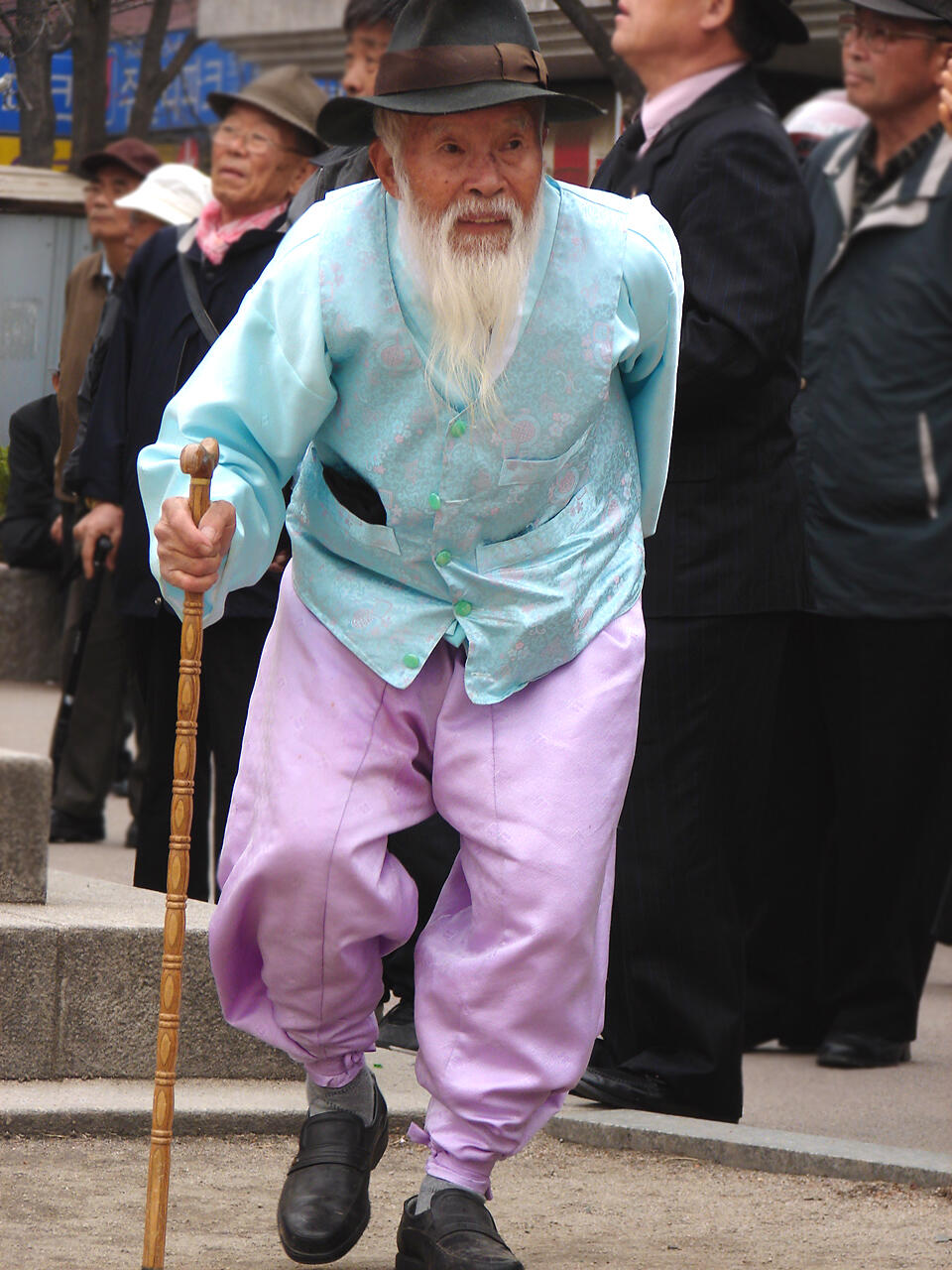
Respect and hierarchy are fundamental in South Korean culture and traditions. All social interactions are influenced by age, status, and seniority.
In Korea, you must always show respect to older people. This means deferring to their opinion, waiting for their comments, and lowering your gaze if they are older.
Objects, gifts, and food should be offered and received with both hands. You should also remove your hat and shoes when entering a Korean home. Koreans are very punctual and make the most of their time.
Communication Styles
Communication is generally and curiously indirect, polite, and contextual. In Korea, people are not accustomed to expressing disagreement or criticism, so much attention is paid to tone, silence, and body language. For example, smiles or soft laughter can mask embarrassment or disagreement depending on the context. Avoiding direct eye contact with older people is recommended to convey respect and sincerity.
References
- Price, S. (2025, September 18). Korean Age - calculator and explanation of the system. 90 Day Korean. https://www.90daykorean.com/korean-age-all-about-age-in-korea/#:~:text=South%20Korea%20has%20officially%20switched,regardless%20of%20their%20actual%20birthday.
- Hahn, Bae-Ho, Yu, Woo-Ik, Lee, Chan, Im, Hyug-Baeg, Lew, & Ick, Y. (2025, October 29). South Korea | History, Map, Flag, Capital, Population, President, & Facts. Encyclopedia Britannica. https://www.britannica.com/place/South-Korea/Daily-life-and-social-customs#ref1029883
- Kimjang, making and sharing kimchi in the Republic of Korea - UNESCO Intangible Cultural Heritage. (n.d.). https://ich.unesco.org/en/RL/kimjang-making-and-sharing-kimchi-in-the-republic-of-korea-00881
- Armstrong, J. (2025, June 11). Korean table manners - dining etiquette you need to know. 90 Day Korean. https://www.90daykorean.com/korean-table-manners/
- Korean Culture and Information Service (KOCIS). (n.d.-a). Housing : Korea.net : The official website of the Republic of Korea. Copyright(C) 1999-2016 KOCIS. All Rights Reserved. https://www.korea.net/AboutKorea/Society/Housing
- Historical and Modern Religions of Korea. (n.d.). Asia Society. https://asiasociety.org/education/historical-and-modern-religions-korea
- Armstrong, J. (2025b, October 23). Korean Alphabet - Learn the hangul letters and character sounds. 90 Day Korean. https://www.90daykorean.com/how-to-learn-the-korean-alphabet/

